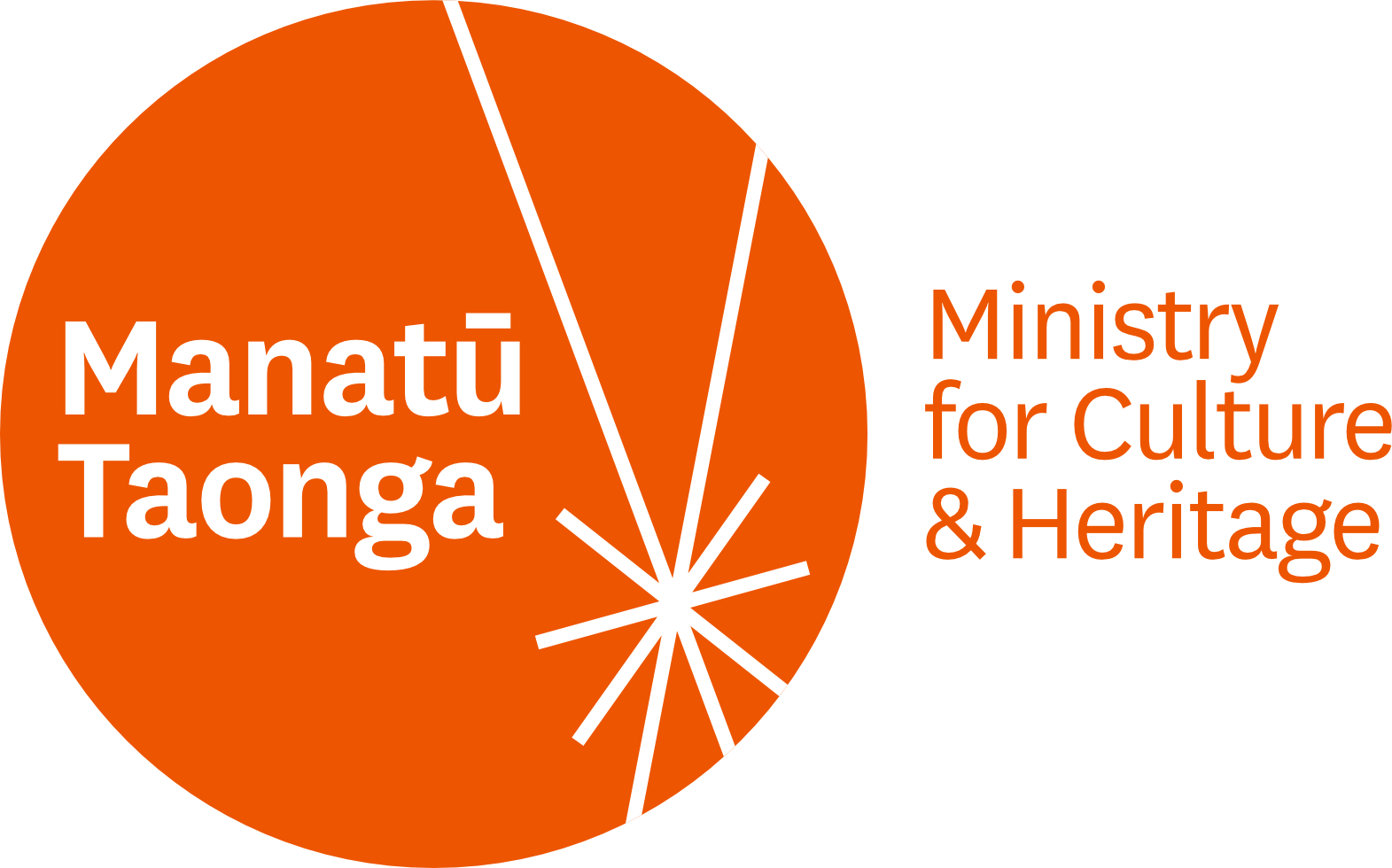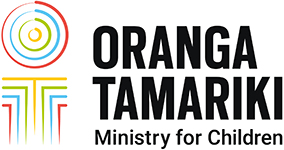A new cultural programme, Te Mana Wahine, is responding to the growing population of women prisoners in New Zealand by working with the women to develop their identity and cultural belonging, and build their connections to whānau and tamariki.
 The Department of Corrections’ strategy for women, Wahine e rere ana ki te pae hou: Women’s Strategy 2017–2021, aims to address the needs of women in prison and help them turn around their lives.
The Department of Corrections’ strategy for women, Wahine e rere ana ki te pae hou: Women’s Strategy 2017–2021, aims to address the needs of women in prison and help them turn around their lives.
As part of the strategy, Corrections has introduced Te Mana Wahine in each of the three women’s prisons: Auckland Region Women’s Corrections Facility, Arohata Women’s Prison in Wellington, and Christchurch Women’s Prison.
In June 2017, there were 6712 women managed by the Department of Corrections: 739 in prison and 5973 in the community. The strategy provides some statistics about women serving sentences in prison:
- The female prison population has increased by more than 150% since 2002 when there were 275 female prisoners in New Zealand. More than half of the women in prison identify as Māori.
- 68% of women in prison have been the victim of family violence.
- 62% of women in prison have both mental health and substance disorders across their lifetime (41% male prisoners)
- 52% of women in prison have post-traumatic stress disorder across their lifetime (22% male prisoners).
Nova Banaghan, Director, Women's Strategy, Department of Corrections, says Corrections has had dedicated Māori focus units and programmes for male prisoners for more than 20 years. Called Te Tirohanga, this tikanga-based programme is delivered to men in Hawkes Bay Regional Prison, Whanganui Prison, Rimutaka Prison, Waikeria Prison and Tongariro Prison.
The programme is supported by kaupapa Māori providers and a Pou Arataki, a role dedicated to working with men to connect them with whānau and support their re-integration journey back into the community from prison.
In the three women’s prisons a new role, Pou Tūhono, has been created to work with women who want to follow a cultural pathway through their prison journey. Tikanga (Māori protocol) and toi Māori (Māori arts) are integral to the programme.
 This new role provides more scope to engage with Māori, community groups and iwi to support the women on their journey and transition back into the community.
This new role provides more scope to engage with Māori, community groups and iwi to support the women on their journey and transition back into the community.
“Many women who come into prison don’t have a strong sense of their identity,” Nova says. “By connecting them to their whakapapa, they can begin the journey of self-discovery and belonging.”
The Department of Corrections has five kaupapa Māori values that guide behaviour, policies and practice. The values are:
- Manaaki – support, protection, respect
- Kaitiaki –guardian, keeper, custodian
- Whānau – extended family
- Wairua – spirit, soul
- Rangatira – chieftain, leadership.
“Part of the vision is that every unit in the women’s prisons will be guided by these values, which will be role-modelled by staff,” Nova explains. “When a woman of any culture enters the prison, they will be greeted and introduced to the values, and will see staff and prisoners interacting in respectful, responsive and supportive ways.”
Te Mana Wahine is supported by the Māori Services Team in the Department of Corrections, and will continue to evolve and grow. Although guided by the same values and tools, each prison is at different stages. They offer different options for the women on the programme so they can respond to the needs of each group.
Here are three snapshots of each space.
1. Mirimiri Te Aroha, Auckland Region Women’s Corrections Facility
Mirimiri Te Aroha (Nurture with love) opened in October 2016. Up to 22 women can participate, and tikanga and kaupapa values are embedded into the whare. Karakia (prayer) mihimihi (introduction) and pepeha (identity) are carried out on a daily basis.
In addition to Corrections’ five kaupapa Māori values, the prison has incorporated two other kaupapa Māori values:
- Whare Tangata – house of humanity, the womb, Papatuanuku
- Oritetanga – equality
 As part of the programme, two volunteers teach the women tikanga and performing arts once a week: kapa haka, waiata, poi and waiat-a-ringa. The volunteers, Letitita Taikao and Ariana Williams, are passionate about giving back to their culture and using Māori performing arts to support the women on their journey to connecting with their culture and identity.
As part of the programme, two volunteers teach the women tikanga and performing arts once a week: kapa haka, waiata, poi and waiat-a-ringa. The volunteers, Letitita Taikao and Ariana Williams, are passionate about giving back to their culture and using Māori performing arts to support the women on their journey to connecting with their culture and identity.
“Many of the women have been disconnected from their culture, usually through no fault of their own,” Letitia says. “I like to describe it as opening their eyes to the Māori world that is theirs, providing options on how they can continue their journey, and then allowing them to find their own way home.”
Within the “safe” learning space, the women learn, make mistakes and ask questions without feeling intimidated, inadequate or ashamed. The volunteers say they have seen a dramatic increase in the women’s confidence, presence and leadership skills.
In July 2018, Letitita Taikao and Ariana Williams received a Corrections Volunteers Award. Watch the video
2. He Whare Awhina Wahine Kotahitanga, Arohata Women’s Prison, Wellington
He Whare Awhina Wahine Kotahitanga, opened in April 2018, is a working unit with 25 women. Most of the women are employed in the kitchen or laundry with others employed as cleaners or working on community projects.
 He Whare Awhina gives the women a sense of belonging, knowledge of where they are from, and connection with whānau. They participate in a range of programmes and activities such as kapa haka, pepeha and whakapapa, taniko, painting, quilting, and educational courses such as computers and barista training.
He Whare Awhina gives the women a sense of belonging, knowledge of where they are from, and connection with whānau. They participate in a range of programmes and activities such as kapa haka, pepeha and whakapapa, taniko, painting, quilting, and educational courses such as computers and barista training.
They all participate in weekly kaupapa value sessions and all agree to maintain these values while living in He Whare Awhina.
The women are currently working on a korowai where they have all contributed a piece of fabric that identifies their whakapapa.
Some of the women are also painting a mural inside the whare.
All of the women are participating in kapa haka practice, in preparation for the annual Arohata Christmas concert, to be held in December.
3. Hineahuone, Christchurch Women’s Prison
Around 20 women are a part of Hineahuone, the space created in early 2018. According to Māori mythology, Hineahuone was the first woman. Formed from clay by the hands of Tane, she is said to be untouched, sacred and the essence of humanity.
 “This reflects the importance of our wahine – that they too are sacred and their roles are important as part of humanity and without them we would not exist,” says Kaiāwhina Sybil Heke.
“This reflects the importance of our wahine – that they too are sacred and their roles are important as part of humanity and without them we would not exist,” says Kaiāwhina Sybil Heke.
“Through Te Mana Wahine, the women can immerse themselves in Māori language, culture and authentic traditional practices. They develop a sense of identity, connection and belonging, passed on to us by our tipuna to keep us grounded, connected and proud to be Māori.”
The women in Hineahuone are developing and practising their te reo skills and cultural understanding through a number of projects in the prison. These include working together on developing a tee-shirt design for their unit; designing a small tukutuku panel and painting on canvas for the unit walls; working on a large painted canvas, a painted rakau and a raranga piece to donate to Arts Access Aotearoa’s Awesome Arts Access Auction; and learning traditional Māori weaving and performing arts skills.
“We look forward to the space and programme continuing to grow and develop in response to the women’s needs, providing them with opportunities to grow in confidence and self-belief,” Sybil says.
LATEST POSTS
- Accessibility
- Accessible Arts
- Achievements Celebrations
- Artist My Stories
- Arts Culture
- Arts Culture Venues
- Arts For All
- Arts In Corrections
- Canterbury Region
- Circus
- Covid 19
- Creative Spaces
- Creative Wellbeing
- Dance
- Maori Art
- Maori Arts
- Mental Health
- Music Sound
- Musical Theatre
- Professional Development Arts
- Staying Connected
- Theatre
- Tikanga Practices
- Visual Arts
- Writing Publishing
- Young People




